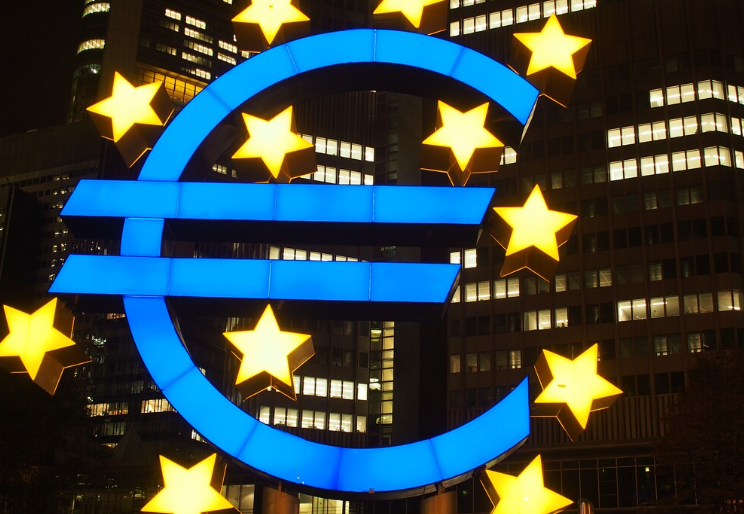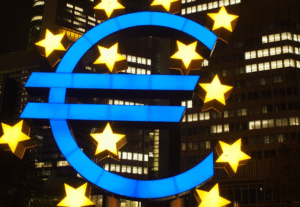$EUR $USDT #Stablecoin #Euro #ECB #CryptoNews #DigitalCurrency #Finance #Blockchain #EuropeanBanking #MiCA #Economics #CryptoAdoption
Why Are European Banks Racing to Adopt the Euro Stablecoin? Discover What’s Driving Their Interest!
In recent weeks, european news has highlighted a significant development in the financial landscape as a consortium of European lenders has expressed interest in creating a stablecoin pegged to the euro. This initiative comes amid growing concerns from the European Central Bank (ECB) about the continent’s reliance on the US dollar. With the global financial system increasingly dominated by the dollar, the introduction of a euro-backed stablecoin could provide European banks with a much-needed alternative.
The groundwork for this stablecoin initiative has been laid by the Markets in Crypto-Assets (MiCA) regulation and ongoing research into a digital euro. These developments offer a framework for European banks to explore the potential benefits and risks associated with launching a euro stablecoin. However, successful implementation will require careful coordination among various stakeholders to ensure a safe and scalable rollout.
The Need for a Euro Stablecoin
The reliance on the US dollar poses several risks for European economies. Fluctuations in the dollar’s value can have direct and indirect impacts on trade, investment, and economic stability. By adopting a euro stablecoin, European banks could create a more resilient financial ecosystem that reduces vulnerability to external shocks. This would not only enhance the region’s economic sovereignty but also foster greater innovation in digital finance.
Furthermore, the growing acceptance of cryptocurrencies and digital assets has prompted traditional financial institutions to reconsider their roles in the evolving landscape. A euro stablecoin could serve as a bridge between traditional banking and the burgeoning world of digital currencies, appealing to both retail and institutional investors. By embracing this innovation, European banks can position themselves as leaders in the digital finance sector.
Challenges and Coordination Efforts
Despite the potential benefits, the rollout of a euro stablecoin is not without challenges. The regulatory environment for cryptocurrencies is still evolving, and banks must navigate complex compliance requirements to ensure they meet all necessary regulations. Coordination among banks, regulators, and technology providers will be crucial to address these challenges effectively.
In addition, European banks will need to consider technological solutions that ensure the stablecoin’s security and scalability. This involves leveraging blockchain technology to facilitate fast and secure transactions, which is essential for gaining widespread adoption. By investing in robust infrastructure, banks can create a stablecoin that not only meets the demands of consumers but also remains resilient against potential cyber threats.
The Future of Digital Currency in Europe
As European banks continue to explore the potential of a euro stablecoin, they must also keep an eye on global trends in digital finance. The rise of central bank digital currencies (CBDCs) and the increasing popularity of cryptocurrencies worldwide signal a shift in how we perceive money and transactions. European banks that can successfully integrate a euro stablecoin into their operations will likely gain a competitive edge in the market.
Moreover, as the ECB develops its own digital euro, it will be essential for banks to align their efforts with central bank initiatives. Collaboration between the private and public sectors will be vital for the successful adoption of a euro stablecoin, ensuring that it complements existing financial systems rather than competing with them.
In conclusion, the interest of European banks in developing a euro stablecoin highlights a significant shift in the financial landscape. This initiative holds the potential to enhance economic sovereignty, foster innovation, and reduce reliance on the US dollar. However, careful coordination and strategic planning will be essential to navigate the challenges ahead. As these developments unfold, stakeholders in the financial sector must stay informed and prepared to adapt to the evolving world of digital currency.
For more insights into the world of crypto, check out our relevant text. To explore opportunities in cryptocurrency trading, visit relevant text.











Comments are closed.